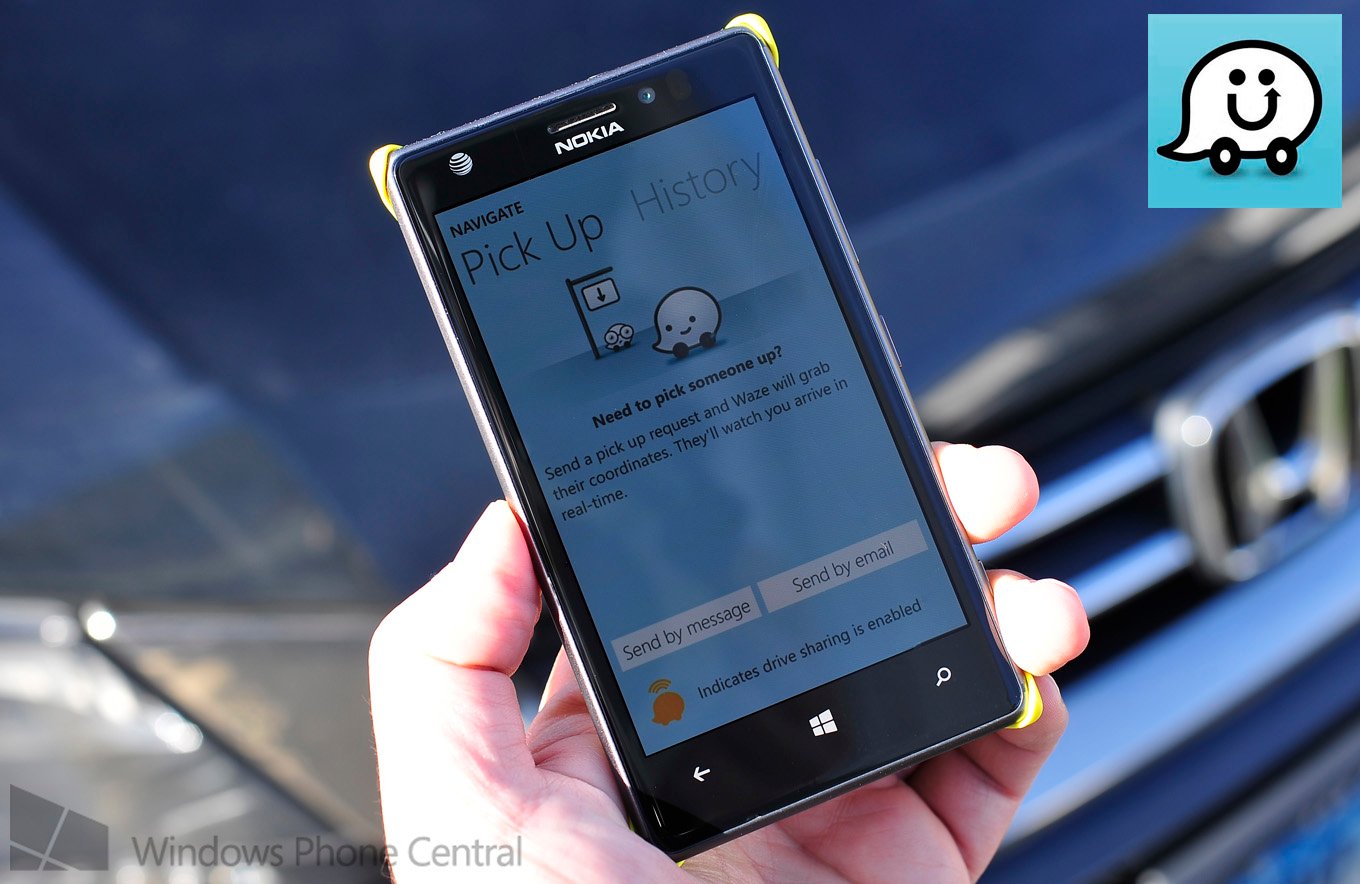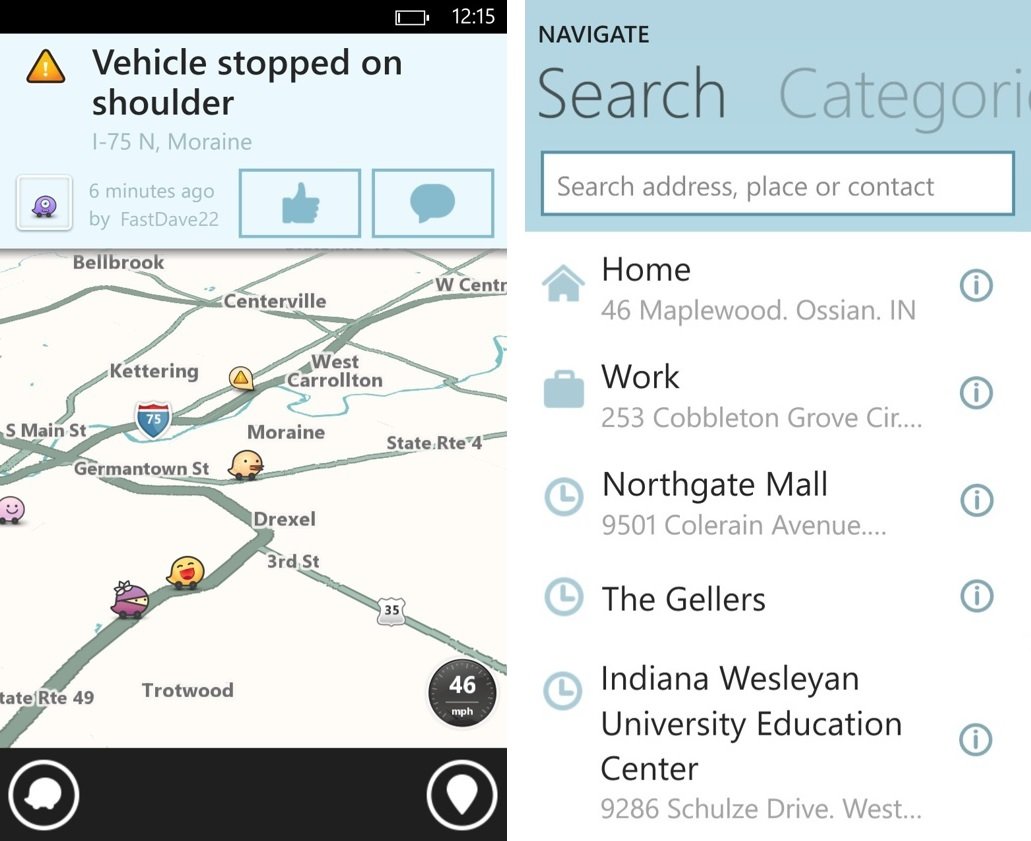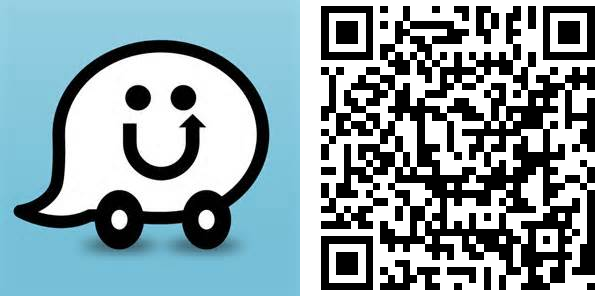Waze gets directions, finds a new home on Windows Phone and is now available

Today, Windows Phone users are finally treated to a new app and service that has been long in the making: Waze. First announced back in June, Waze has been undergoing a private (but detailed) beta testing period to ensure the highest quality. Although it was reported as having no ETA back in October, the app is finally ready for public release. That despite unfounded concerns that its new owners, Google, would cancel the project. But today, Microsoft and Waze are announcing its general availability.
Waze is an extremely popular navigation and traffic app that relies on social interaction for real-time updates. Considered to be a community-driven application, Waze differs from regular GPS navigation apps by relying on user feedback for traffic, travel times, accidents, police traps, and more with user ability to modify maps and roads. It’s a fascinating service with around 50 million users worldwide, mostly found on Android and iOS.

Ironically, it was first used on Windows Mobile back in the heyday (2009) before the iPhone become too dominant. Later, there was an unofficial but sanctioned ‘homebrew’ version available to Windows Phone 7 users, but it never became a popular alternative.
Now with Waze available on Windows Phone 8, users worldwide can participate in the social-navigation app, helping Microsoft fans find their home, restaurant or the quickest route to a friend’s house.
Waze is now available to download for Windows Phone.
All the latest news, reviews, and guides for Windows and Xbox diehards.

Daniel Rubino is the Editor-in-chief of Windows Central. He is also the head reviewer, podcast co-host, and analyst. He has been covering Microsoft since 2007 when this site was called WMExperts (and later Windows Phone Central). His interests include Windows, laptops, next-gen computing, and wearable tech. He has reviewed laptops for over 10 years and is particularly fond of 2-in-1 convertibles, Arm64 processors, new form factors, and thin-and-light PCs. Before all this tech stuff, he worked on a Ph.D. in linguistics, performed polysomnographs in NYC, and was a motion-picture operator for 17 years.

